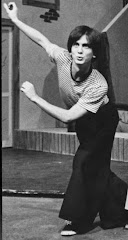 1914-2008
1914-2008He was a novelist and a poet, but Gibson was primarily known as a playwright and occasional screenwriter. He had two back-to-back Broadway hits in the late 1950s.
Two for the Seesaw, for which he won a Tony nomination, starred Anne Bancroft and Henry Fonda:
 A year later, he provided Bancroft and a very young Patty Duke with career-making roles in The Miracle Worker:
A year later, he provided Bancroft and a very young Patty Duke with career-making roles in The Miracle Worker: Recreating their stage roles, both Duke and Bancroft won Oscars for the screen adaptation. Gibson won a Tony for the play, and an Oscar nomination for his film.
Recreating their stage roles, both Duke and Bancroft won Oscars for the screen adaptation. Gibson won a Tony for the play, and an Oscar nomination for his film.

In 1964, he adapted the Clifford Odets 1930s play about boxing into the musical Golden Boy, earning another Tony nomination and providing Sammy Davis, Jr. a star turn. His Two for the Seesaw was adapted into the musical Seesaw in 1973, a production which launched the career of Tommy Tune as a dancer and choreographer (Tune won the first of his nine Tonys for his supporting role. Above are Michelle Lee, a shaggy-haired Tune, and Ken Howard in Seesaw).
In 1968, Gibson provided the Lincoln Center Repertory A Cry of Players, the fictionalized story of a young Will Shakespeare, stuck in an unhappy marriage and miserably employed by his

,+CSUN,+1975.jpg) father in Stratford. The play ran in rep with King Lear, and had a starry cast including Frank Langella and Anne Bancroft as the Shakespeares, with Rene Auberjonois, Stephen Elliott, Rosetta LeNoire, and Kristopher Tabori in support (a very young Paul Rudd was in the ensemble). I confess to a fondness for this play, as it provided me with a juicy role in my undergrad days, as Arthur, the young boy in the traveling players who always played the women.
father in Stratford. The play ran in rep with King Lear, and had a starry cast including Frank Langella and Anne Bancroft as the Shakespeares, with Rene Auberjonois, Stephen Elliott, Rosetta LeNoire, and Kristopher Tabori in support (a very young Paul Rudd was in the ensemble). I confess to a fondness for this play, as it provided me with a juicy role in my undergrad days, as Arthur, the young boy in the traveling players who always played the women.I seem to have wandered into Memoryland here. Back to Gibson's obit:
 Gibson continued to write for the stage, providing a flop sequel to The Miracle Worker called Monday After the Miracle, and a solo piece about Golda Meir, Golda's Balcony. The latter was a success for Tovah Feldshuh, who continues to perform the piece, and for Valerie Harper, left, who appeared in the national tour and the screen version.
Gibson continued to write for the stage, providing a flop sequel to The Miracle Worker called Monday After the Miracle, and a solo piece about Golda Meir, Golda's Balcony. The latter was a success for Tovah Feldshuh, who continues to perform the piece, and for Valerie Harper, left, who appeared in the national tour and the screen version.Gibson continues to be remembered primarily for The Miracle Worker, which is constantly revived in community and educational settings, and has seen several television versions as well. In an interview several years ago, Gibson revealed this fun tidbit: in the original script, there was no mention of Annie Sullivan's Irish brogue, as the woman did not have one. But original star Anne Bancroft was having trouble dropping the very Noo Yawk accent she had been using for a year in Two for the Seesaw. Director Arthur Penn suggested the brogue, and it stuck. The role is now traditionally played with an Irish accent.

Coincidentally, local theatre Rep Stage is currently prepping Gibson's holiday play, The Butterfingers Angels, Mary & Joseph, Herod the Nut, & The Slaughter of 12 Hit Carols in a Pear Tree (here is a production shot of star Tim Pabon).
Gibson died this week at the age of 94.
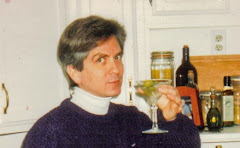
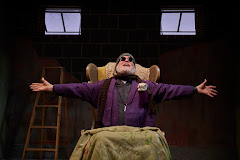




























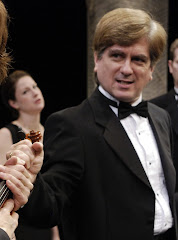
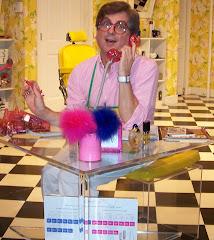
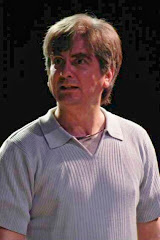
,+Olney+Theatre+Center,+2004.jpg)



,+Shakespeare+Theatre+Company,.jpg)
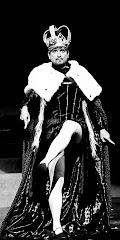

,+Warehouse+Theatre,+1999.jpg)
,+Are.jpg)
,+Everyman+Theatre,2002.jpg)
,+First+Nationa.jpg)
,+Shakespeare+Theatre+Company,.jpg)



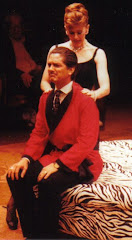

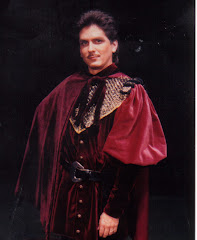
,+Granada+Th.jpg)
,+Globe+Playhouse,.jpg)
,+CSUN,+1976.jpg)
